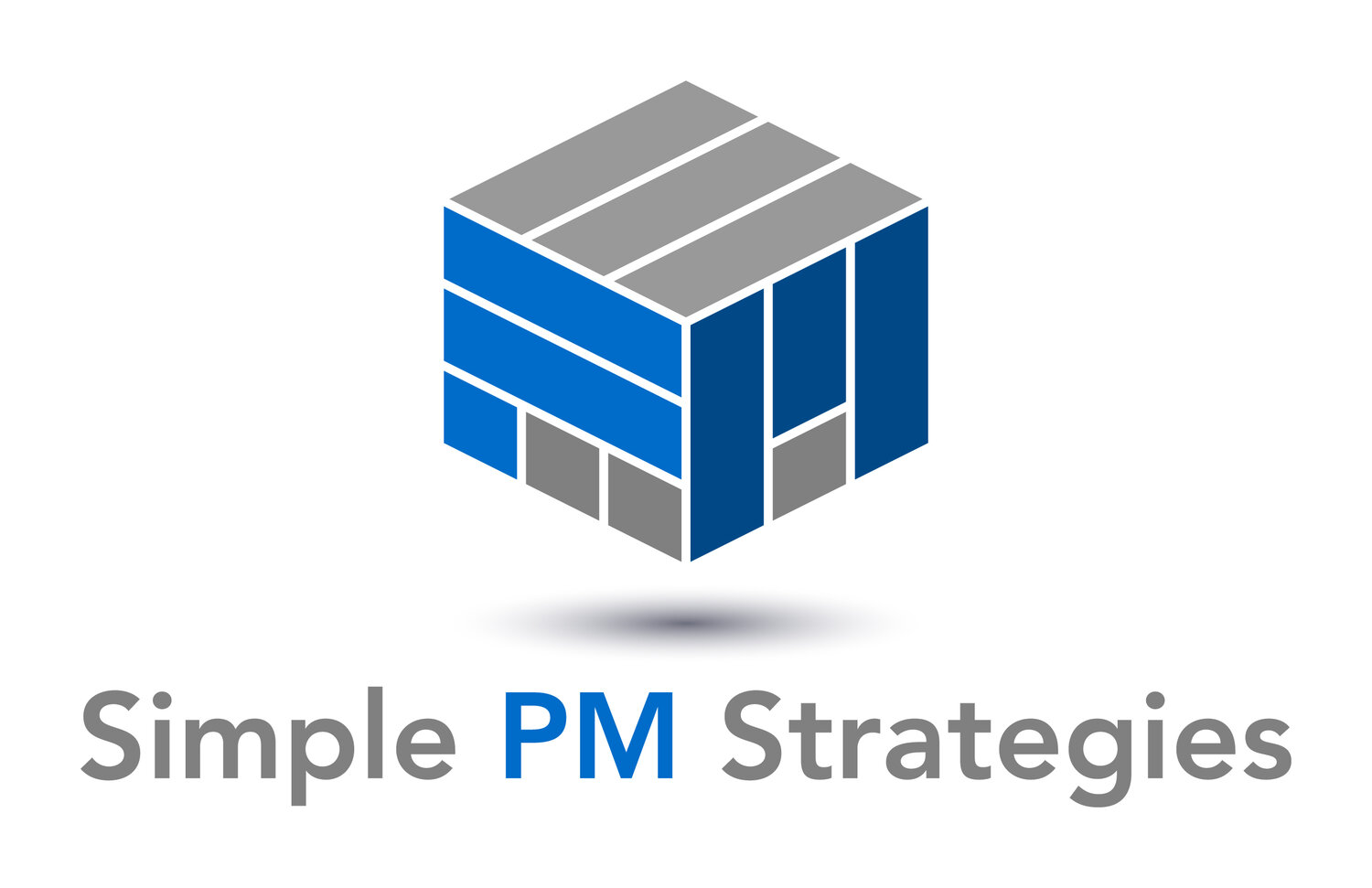6 Dos and Don’ts for Project Deliverables
The purpose of this blog article is to identify some important dos and don’ts to think about when creating your all-important set of project deliverables.
Deliverables are project pieces in the Control domain and in the Outcomes segment Project Management MPM model.

Deliverables are project pieces in the Control domain and in the Outcomes segment Project Management MPM model
Create Your Deliverable List First
One way to create your set of deliverables is to decompose them as if you were building an organization chart for a company.
Create your deliverable set by decomposing
You can do this by using an automatic org chart creator like the one found in PowerPoint. Most presentation software has some tools for creating an organization chart.
If you don’t have easy access to organization chart software or it is not a comfort area for you, then just use a spreadsheet or even a word processing program that has bullets or numbered lists that allow decomposition.
You just need something that gets you into the decomposition mindset without thinking about the how. Right now, you are just focused on the what.
To get to the organization feature in PowerPoint go to: Insert > Smart Chart > Organization Chart and it creates an automatic template to follow as in the image below.

Create a deliverable set using an Org Chart template
However, you can also use a spreadsheet or word processing document that gives you an automatic decomposition feature. The point is to capture the set into a hierarchy where you are focus on the tangible outcomes without including the tasks to create those outcomes.
In creating the deliverable set, there are some dos and don’ts to keep in mind.
Building a deliverable set - Do’s and Don’ts
- Do decompose to at least two levels, where the first level is the three to six main deliverables for what you are providing to your customer. Sometimes you can summarize your project into one main deliverable out of your purpose statement. If so, this doesn’t count as a level. Start at the level below this and break things down into at least two levels further below that.

Keep in mind some deliverables dos and don’ts
- Do create a visual decomposition if you feel stuck. If you don’t need a visual diagram, then just make a list.
- Do use a spreadsheet like Excel or Google Sheets if you want. I often use a spreadsheet and start with what I am familiar or comfortable with first.
- Don’t introduce tasks, or “how” something is going to be done (the actions – the verbs) until you have broken the deliverables or pieces down to something whose time to accomplishment can be measured in days.
- Don’t stall if you get stuck breaking down one deliverable. Move onto a deliverable you are familiar with first and come back to the one you are stuck on.
- Don’t proceed without input from your team. You can keep it to a one-hour call or meeting to get a confirmation from them about how things are broken down; or decomposed. The team provides the most input into developing the tasks but get their input for the deliverables as well.
- Don’t bring in scheduling considerations or dependencies between sub-deliverables in different deliverable decompositions. This is just about how a larger deliverable is composed of smaller sub-deliverables.
Summary
One way to create your set of deliverables is to decompose them as if you were building an organization chart for a company.
Use whatever tool you are comfortable with. You can use an automatic org chart tool, or even just a spreadsheet or word processing package that facilitates breaking down a subject into levels.
Follow some key dos and don’ts to ensure you have a deliverable sets your project on a successful path.
Action Steps / Apply This Knowledge
- Use and org chart or spreadsheet or word processing package to break down your deliverables into a hierarchical set.
- Follow the dos and don’ts listed above to keep the flow going so you don’t get stuck.
- Get input from your team for the deliverable set and do that before proceeding to look at tasks.
- Prompt engineering guidance for AI GPTs such as chatGPT: “I’m a business leader managing a project whose expected high-level outcomes are X and Y. I’m building a work break down structure, so not concerned about time dependencies or schedule. For this project, what are some do’s and don’ts to consider when breaking down the list of main deliverables into sub-deliverables to create my WBS?”
Learn More to Do More
Business evolves through change initiatives otherwise known as projects. The key to managing these change initiatives so you have more time, and less stress is to use simple strategies and tools.
Check out the Learning Hub’s other Articles with Actionable Steps, organized with a busy leader in mind, by topic or main idea, and with some AI GPT (e.g. ChatGPT) prompt engineering suggestions under the Action steps: https://simplepmstrategies.com/learning-hub-index
OVERSEE – Deliverable Dos and Don’ts
© Simple PM Strategies 2024
